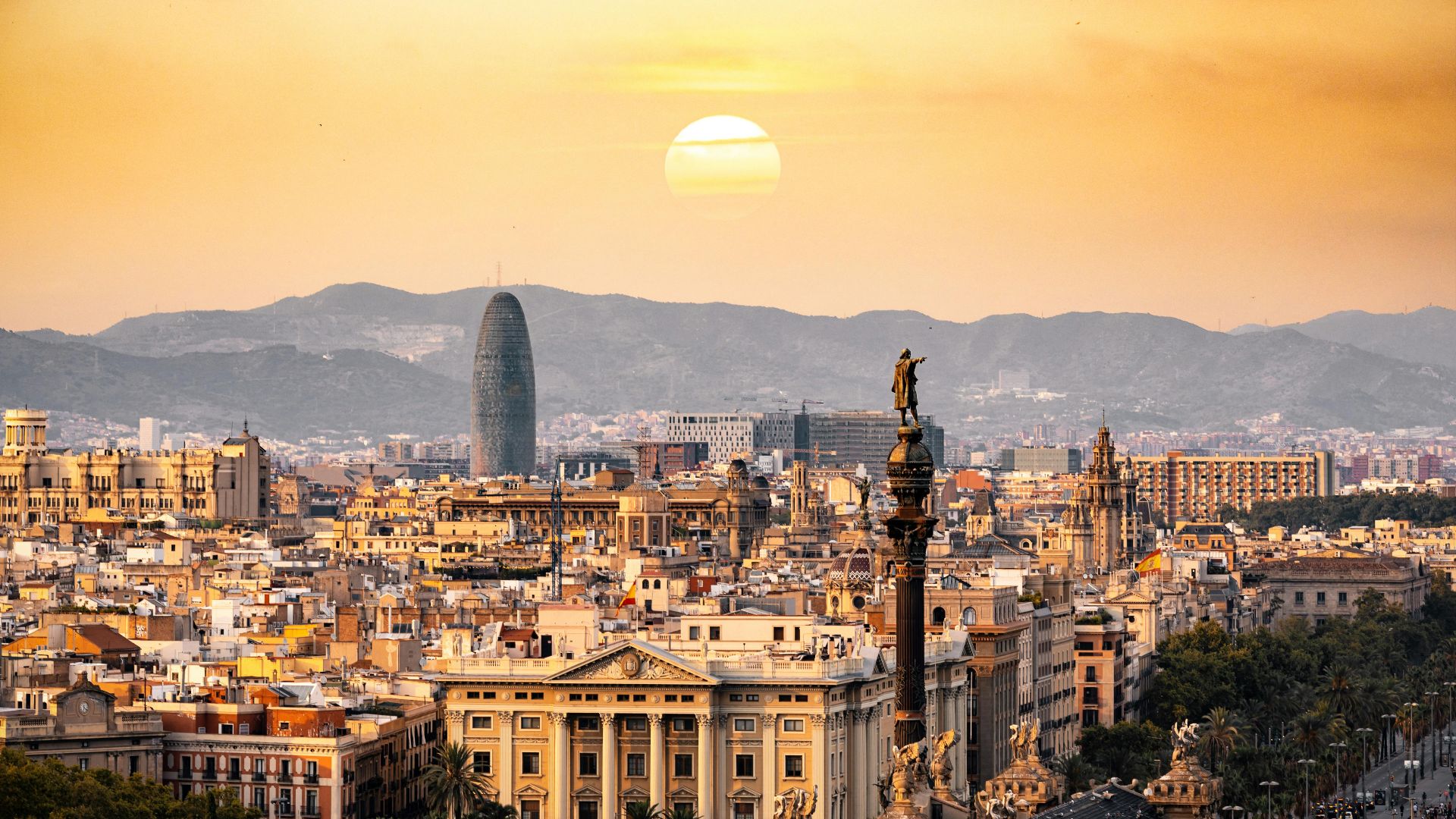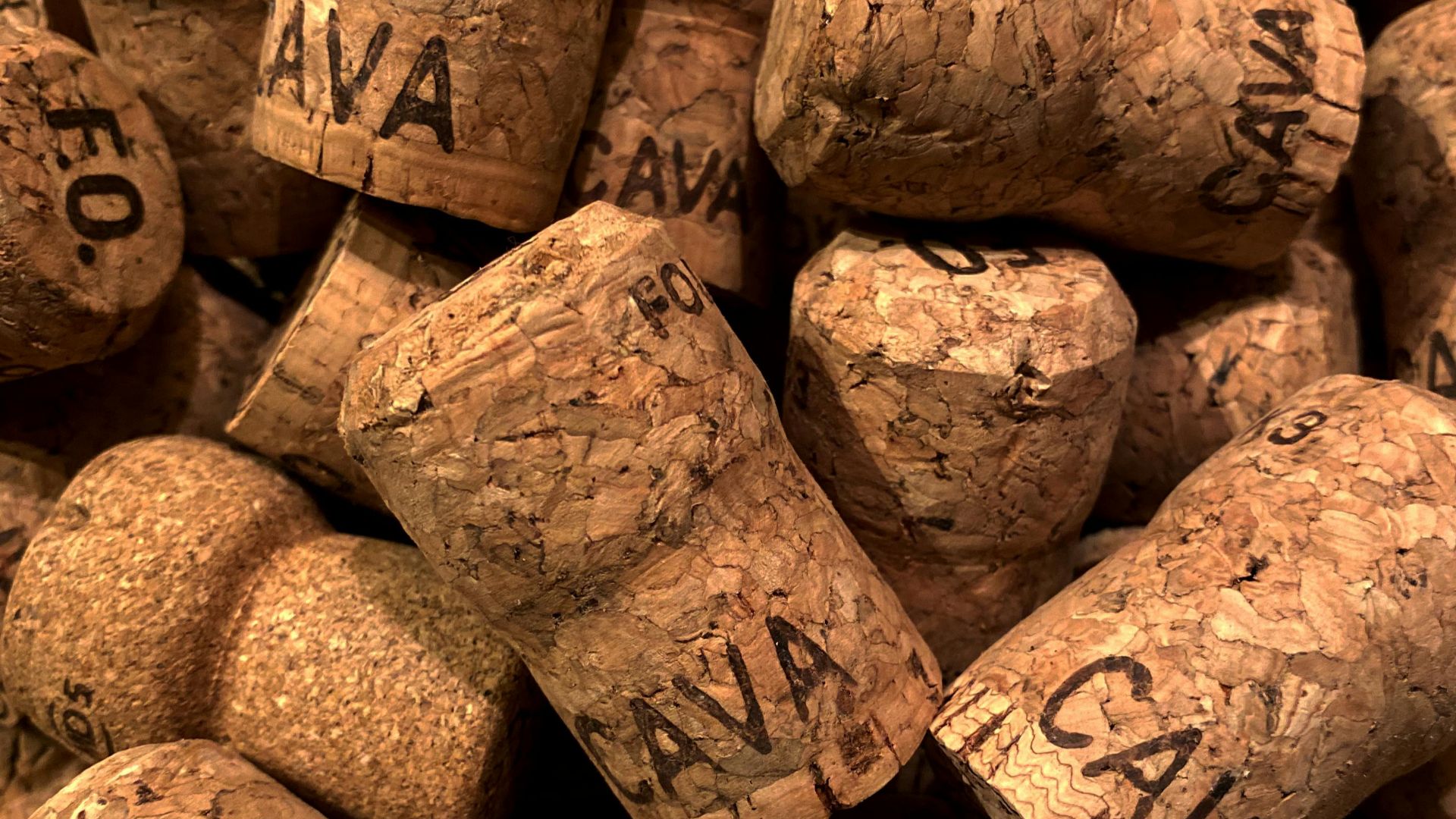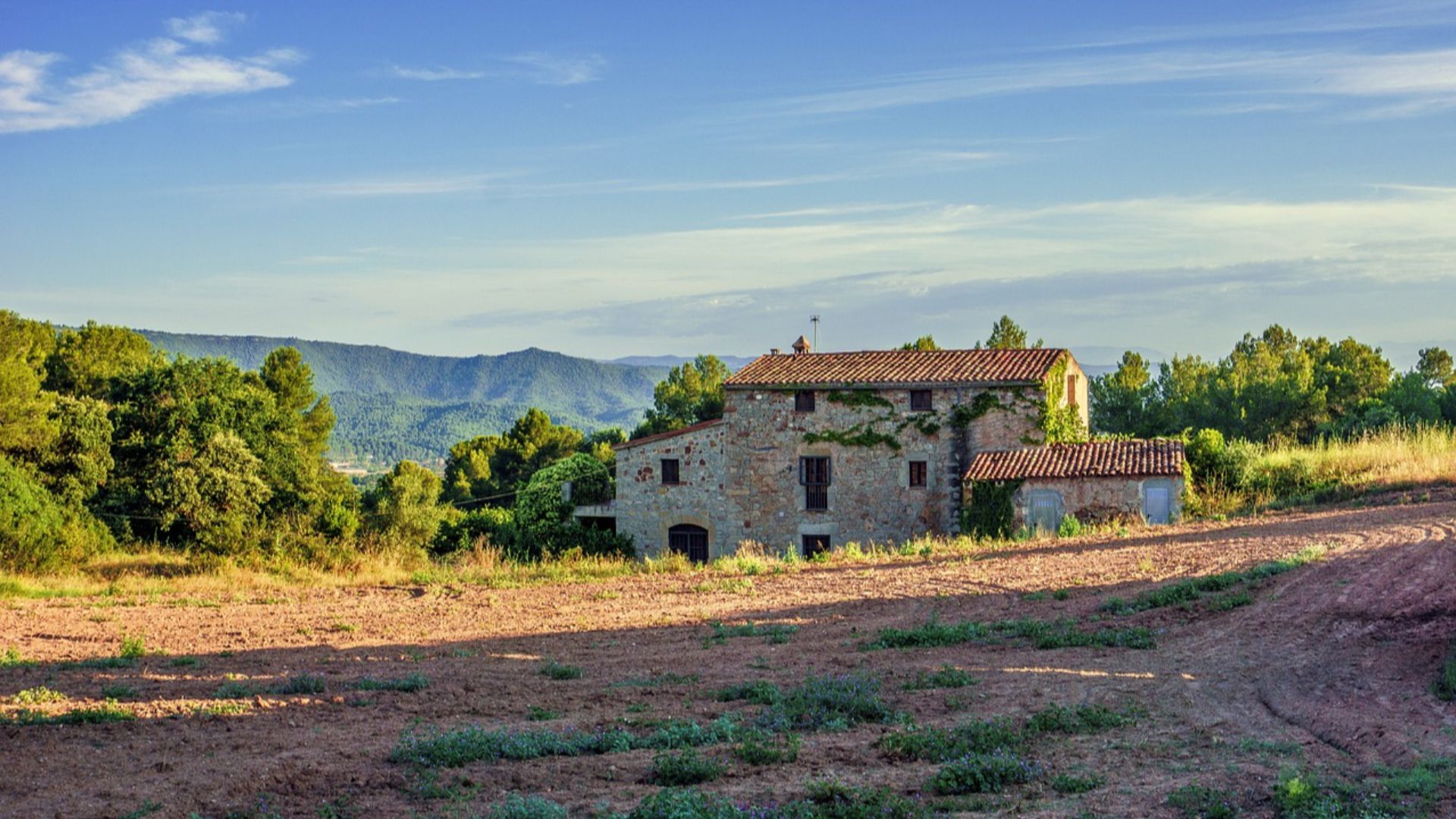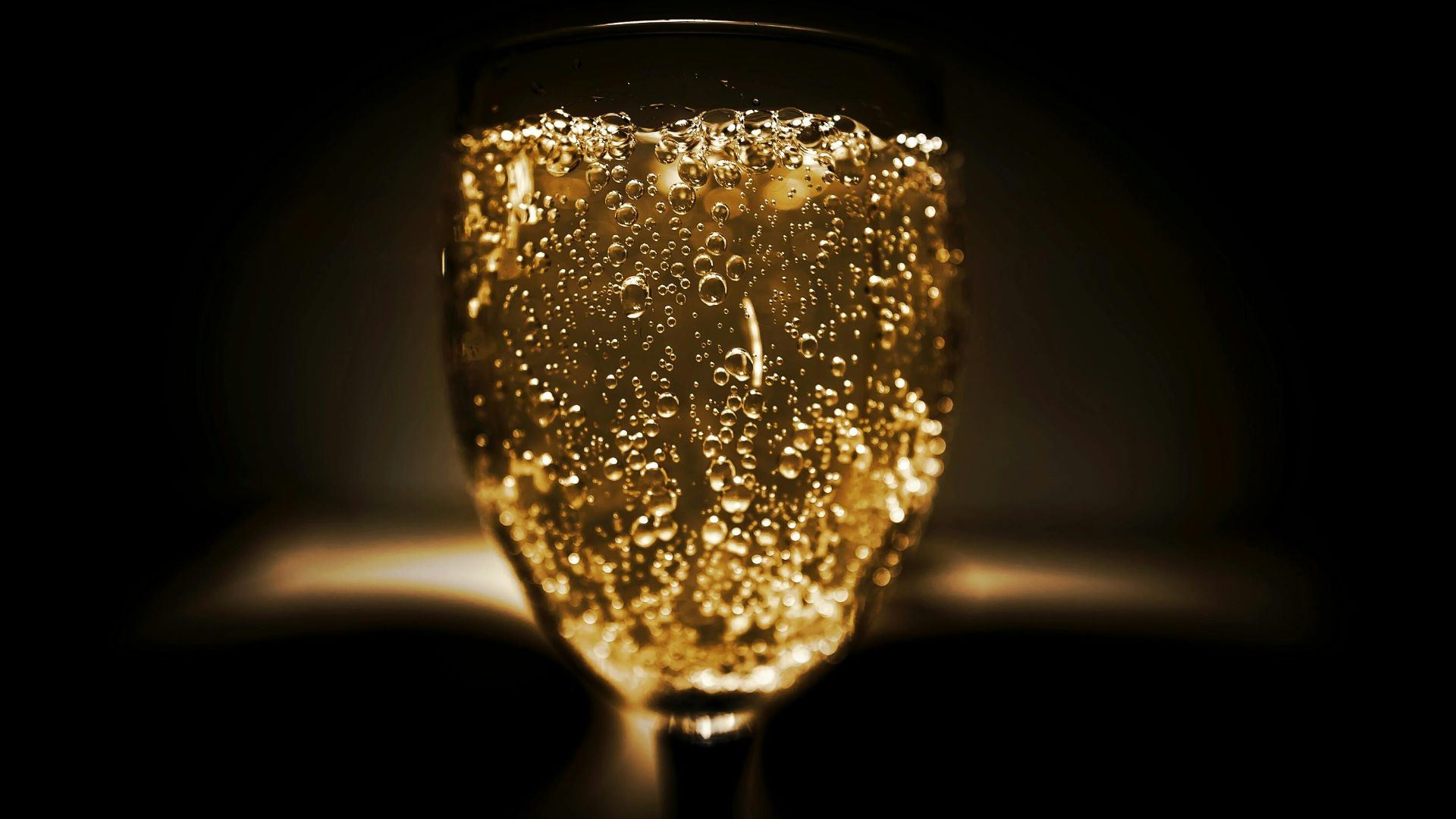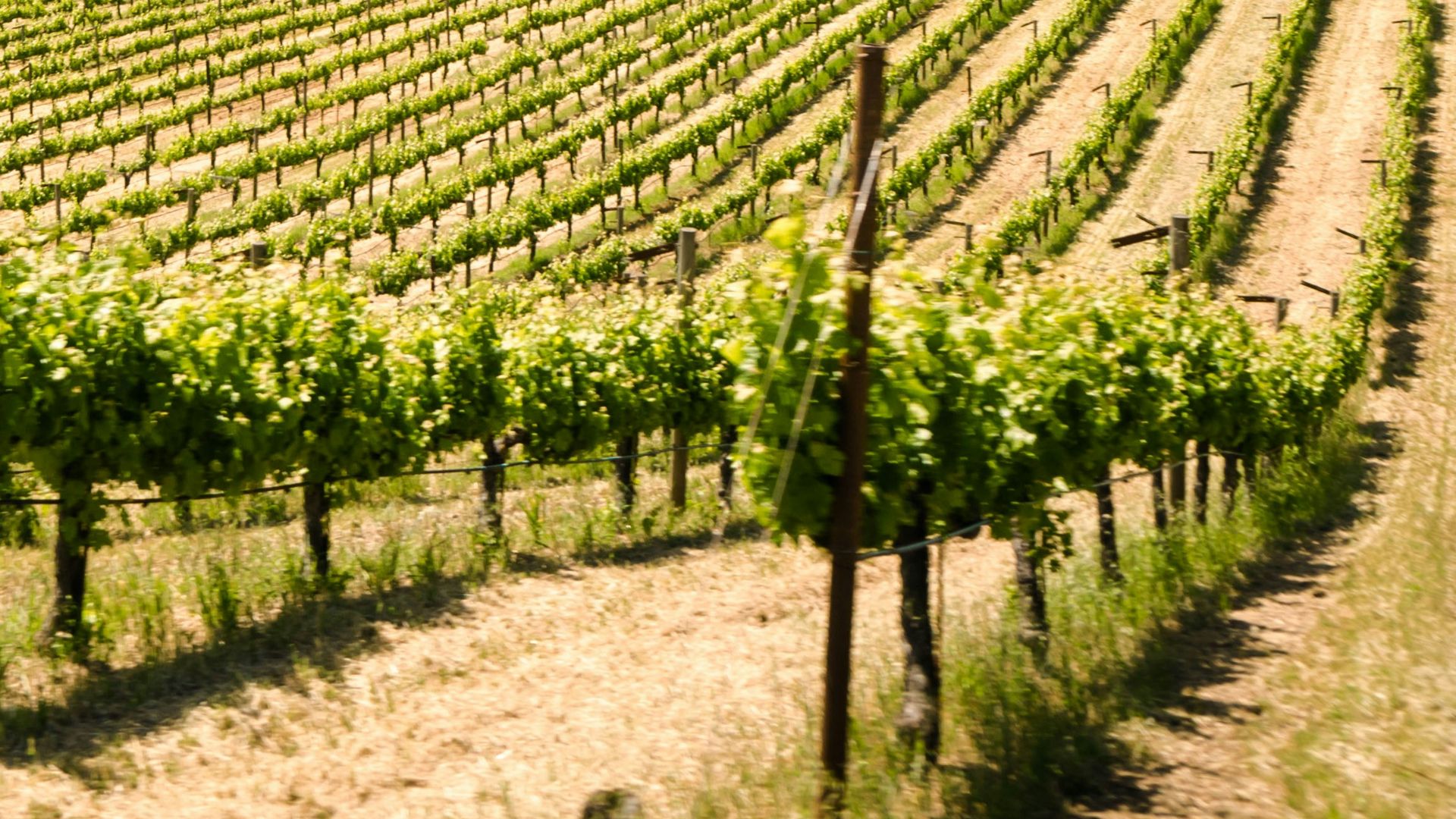Cava is a delectable sparkling wine carefully crafted in Spain’s Catalonia region. The beverage follows centuries of winemaking tradition and has become synonymous with celebration, sophistication, and the country’s vibrant spirit. Explore with us cava’s origins, production process, and drinking etiquette.
Cava Origins and Production
Cava is produced at some of the best vineyards in Catalonia, a triangular region in northeast Spain. France borders the area to the north while the Mediterranean Sea lies to its east. This picturesque landscape provides ideal fertile soils for cultivating the grapes varieties required for Cava production—notably, Macabeo, Parellada, and Xarel·lo. Winemakers harvest and vinify the grapes using traditional methods, while secondary fermentation happens in the bottle to create the wine's signature bubbles.
Cava Composition and Characteristics
Cava is easily recognized for its light bubbles and crisp acidity. Its complex flavor often features notes of green apple and citrus. Sometimes compared to its French counterpart, champagne, cava typically undergoes shorter aging periods. The result is a fresh, fruitier style of sparkling wine, ideal for pairing with cheese, olives, fish, or cured meat.
Cava Etiquette
Cava is best sipped after being chilled, served at around 45-50°F (7-10°C). This way, the wine's flavors are preserved and the bubbles remain lively. To open a cava bottle, first hold the cork firmly then twist the bottle gently to gradually release pressure. Enjoy libations in either a flute, tulip crystal glass or coupe. Pour in a slow, steady stream to preserve bubbles.
Cava - Where to Find It
Specialty wine shops, liquor stores, online retailers, and some grocers carry cava worldwide. Pricing often depends on product quality, vintage, and geographic accessibility. Some reputable producers include Codorníu, Freixenet, and Segura Viudas with offerings at varying price points. Cava is the perfect sparkling treat whether planning a festive celebration or simply seeking to share a cozy evening at home.
Cava and Cuisine
Following years of intense analysis, researcher and sommelier François Chartier and his team delineated four categories of cava, created aromatic profiles, and suggested culinary pairings based on similar molecules between cava and cuisine. The four types of Cava include Joven (young sparkling wine aged 9-15 months), Reserve (aged at least 15 months), Gran Reserva (aged at least 30 months), and Cava de Paraje (from specific plots; aged more than 36 months). Grilled prawns, ceviche, potato omelets, and Iberian ham pair beautifully with cava, not to mention dark chocolate and Medjool dates. No matter what you pair it with, savor the sparkle and enjoy your cava! Salud!


